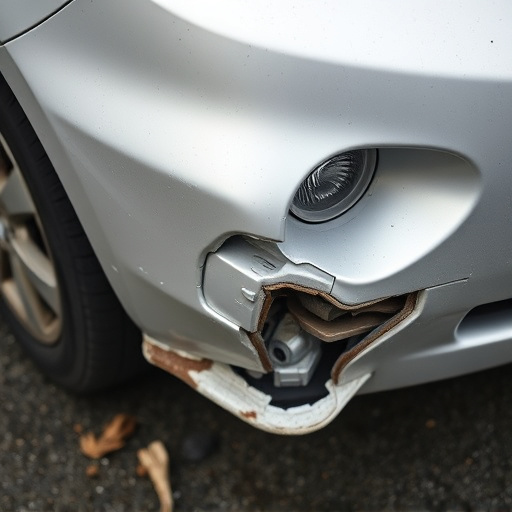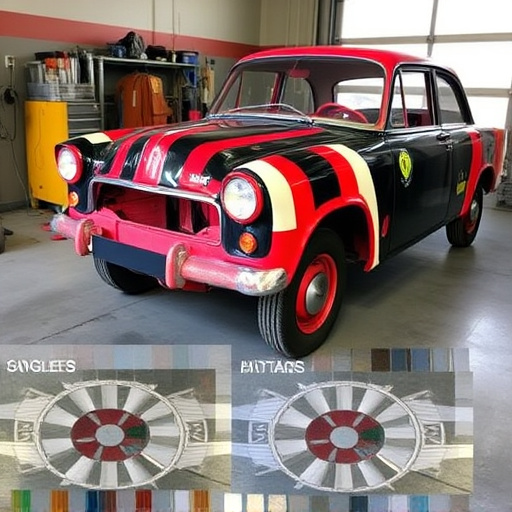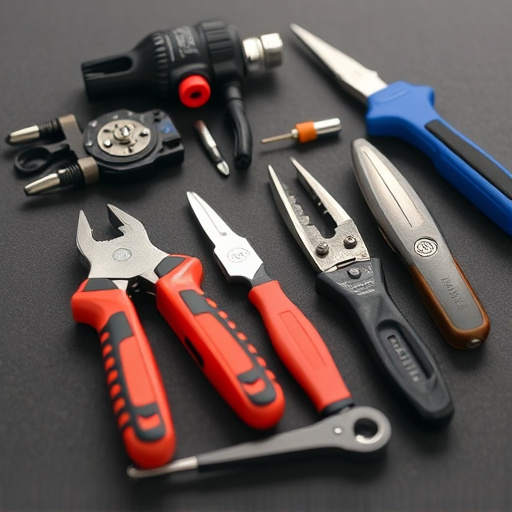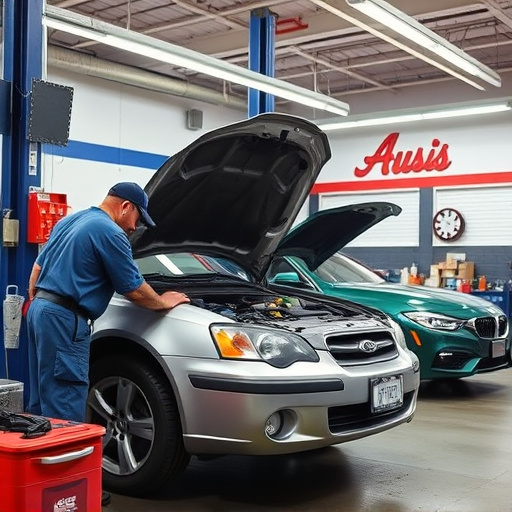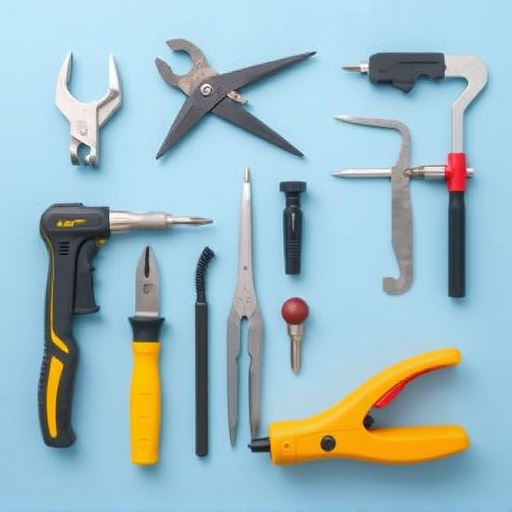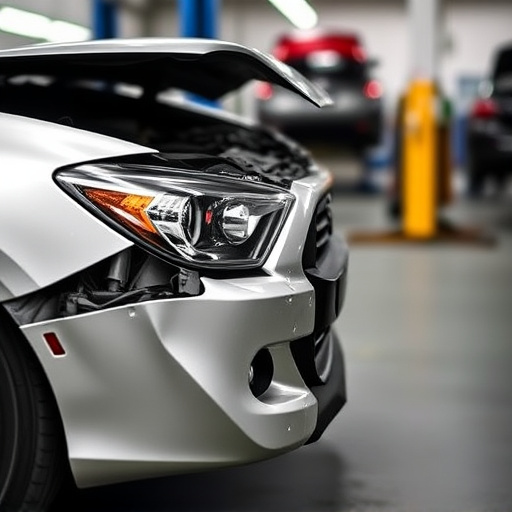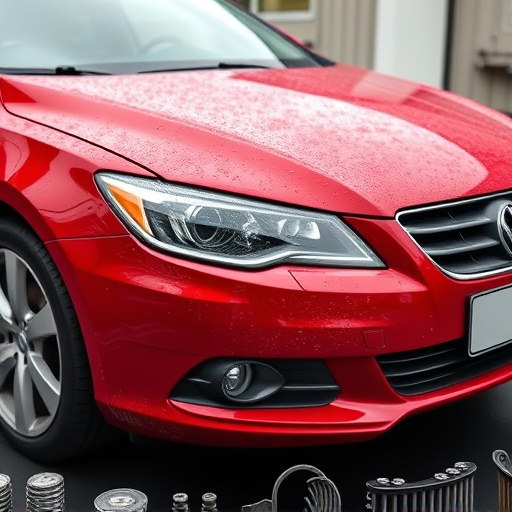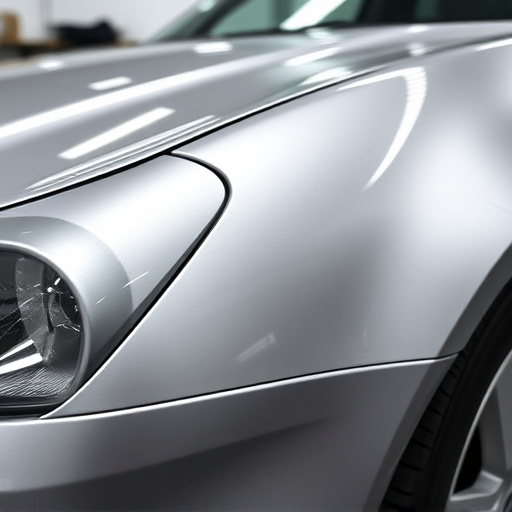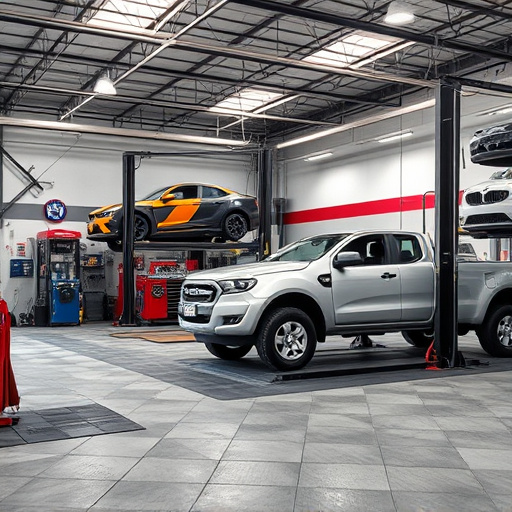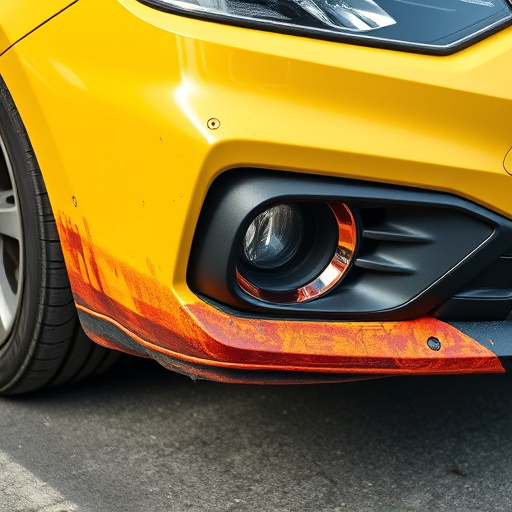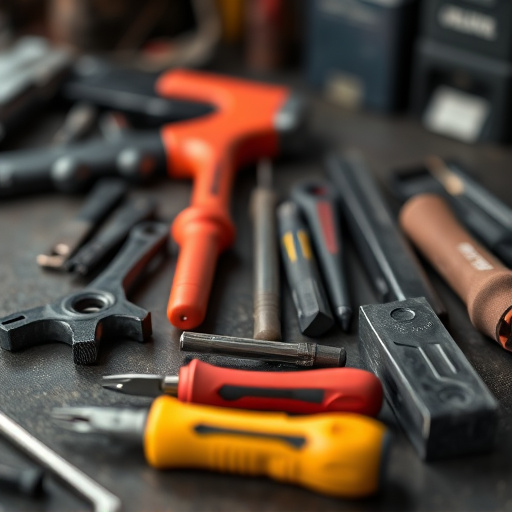Spot welding systems offer precise, efficient metal joining for diverse industries, especially automotive manufacturing. They melt and fuse metal at specific points, reducing production time, waste, and enhancing accuracy in auto body repairs and paint jobs. Modern systems feature advanced sensors, computer controls, and safety features, revolutionizing repairs with faster times and improved quality. Effective strategies like regular maintenance and staff training ensure optimal performance, while automated controls and real-time feedback enhance efficiency for high-quality results in collision centers and dent repair facilities.
Spot welding systems have evolved significantly, offering manufacturers precise, efficient, and automated joining solutions. This article delves into the next steps of spot welding technology, exploring its fundamentals and benefits, along with advanced features like smart sensors and robotic integration. We’ll also discuss implementation strategies for optimal performance, highlighting best practices to maximize efficiency and quality in modern manufacturing environments. Understanding these steps is key to leveraging the full potential of spot welding systems.
- Understanding Spot Welding Systems: Basics and Benefits
- Advanced Features and Innovations in Modern Systems
- Implementing Effective Strategies for Optimal Performance
Understanding Spot Welding Systems: Basics and Benefits
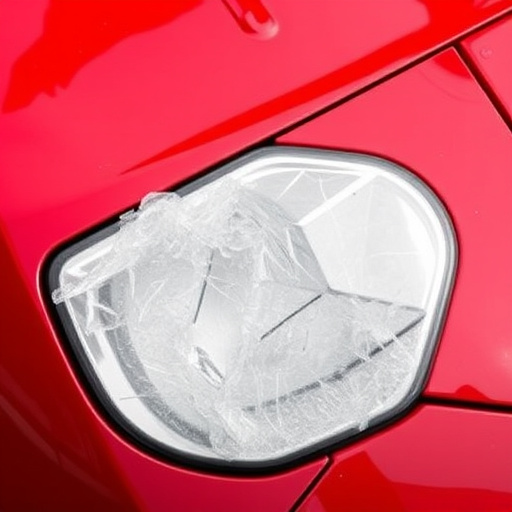
Spot welding systems are a precise and efficient method for joining metal components, making them essential in various industries, especially automotive manufacturing. These systems use concentrated heat to melt and fuse two pieces of metal at specific points, creating strong bonds. The process involves advancing a spot welder onto the joint, applying controlled energy, and then withdrawing the tool quickly to prevent overheating. This technique offers numerous advantages over traditional welding methods, including faster production times, reduced material waste, and improved dimensional accuracy.
By utilizing spot welding systems, auto body repairs and vehicle paint repair processes become more streamlined. It is particularly beneficial for high-volume production lines where consistency and speed are key. Moreover, spot welding is ideal for dent removal, allowing professionals to quickly and accurately fix minor damages on vehicles while maintaining the original factory finish. This versatility makes it a go-to choice for many auto body shops, ensuring quality and efficiency in every repair.
Advanced Features and Innovations in Modern Systems
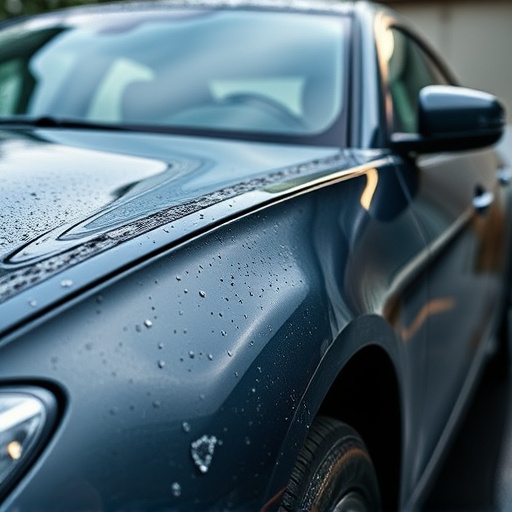
Modern spot welding systems are a far cry from their rudimentary predecessors, boasting advanced features that enhance efficiency and precision. These innovations have revolutionized various industries, particularly in the realm of auto body repairs and hail damage repair. Automated systems now incorporate advanced sensors and computer controls to ensure consistent and accurate welds, minimizing human error. This level of automation not only speeds up production but also improves the overall quality of work.
Furthermore, modern spot welding technologies often include integrated safety features designed to protect workers from potential hazards. With ongoing advancements in robotics and AI, these systems are becoming increasingly adept at handling complex tasks, making them indispensable for auto painting processes as well. The versatility and efficiency offered by these advanced features make spot welding systems a game-changer in industries that rely on precise metal joining, ensuring superior results in auto body repairs and beyond.
Implementing Effective Strategies for Optimal Performance
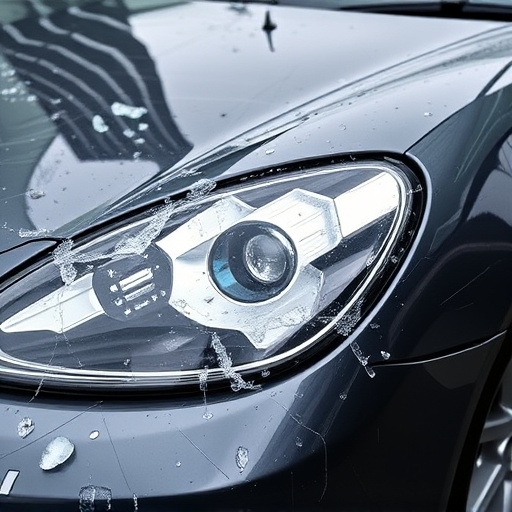
Implementing effective strategies is key to achieving optimal performance with spot welding systems. Regular maintenance and calibration ensure that each weld is consistent and precise, minimizing defects and improving overall quality. Training staff on proper techniques and safety protocols is also vital; knowledgeable operators can adapt to various materials and thicknesses, making the most of the system’s capabilities.
Additionally, integrating advanced technologies like automated controls and real-time feedback mechanisms can significantly enhance efficiency. These innovations enable continuous improvement by providing data-driven insights into weld parameters, allowing for adjustments on the fly. This approach not only streamlines operations in collision centers and car dent repair facilities but also contributes to producing high-quality results, especially when addressing delicate car scratch repairs.
Spot welding systems have evolved significantly, offering advanced features and benefits that enhance manufacturing processes. By understanding the basics, leveraging modern innovations, and implementing effective strategies, businesses can achieve optimal performance and stay ahead in their industries. Continuously exploring new developments in spot welding technology will be key to maximizing efficiency and productivity in the future.
